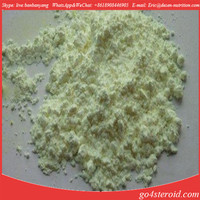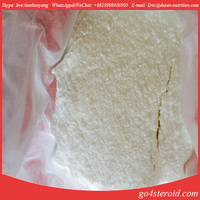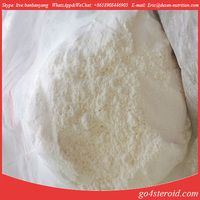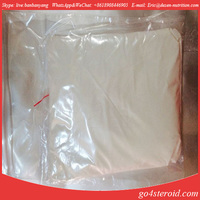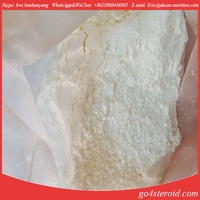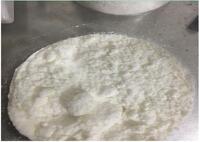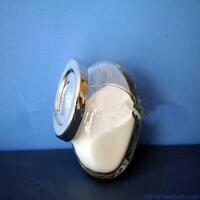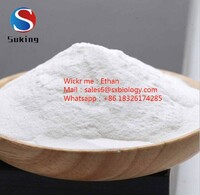Xanthophyll CAS 127-40-2 Food additive health food
Product Quick Detail
- Place Of Origin
- China
- Minimum Order
- 1
- Packaging
- Exquisite packaging
- Delivery
- 3-7 work days
Specifications
Xanthophylls (originally phylloxanthins) are yellow pigments that occur widely in nature and form one of two major divisions of the carotenoid group; the other division is formed by the carotenes. The name is from Greek xanthos , and phyllon , due to their formation of the yellow band seen in early chromatography of leaf pigments.
The xanthophyll cycle
The xanthophyll cycle involves the enzymatic removal of epoxy groups from xanthophylls (e.g. violaxanthin, antheraxanthin, diadinoxanthin) to create so-called de-epoxidised xanthophylls (e.g. diatoxanthin, zeaxanthin). These enzymatic cycles were found to play a key role in stimulating energy dissipation within light-harvesting antenna proteins by non-photochemical quenching- a mechanism to reduce the amount of energy that reaches the photosynthetic reaction centers. Non-photochemical quenching is one of the main ways of protecting against photoinhibition. In higher plants, there are three carotenoid pigments that are active in the xanthophyll cycle: violaxanthin, antheraxanthin, and zeaxanthin. During light stress, violaxanthin is converted to zeaxanthin via the intermediate antheraxanthin, which plays a direct photoprotective role acting as a lipid-protective anti-oxidant and by stimulating non-photochemical quenching within light-harvesting proteins. This conversion of violaxanthin to zeaxanthin is done by the enzyme violaxanthin de-epoxidase, while the reverse reaction is performed by zeaxanthin epoxidase.
In diatoms and dinoflagellates, the xanthophyll cycle consists of the pigment diadinoxanthin, which is transformed into diatoxanthin (diatoms) or dinoxanthin (dinoflagellates) under high-light conditions..
- Country: China (Mainland)
- Business Type: Manufacturer,Trading Company
- Market:Americas,Europe,Oceania
- Founded Year:2010
- Address:
- Contact:ava yang
Other products from Hengyang Desen Manufacturing&Trading co., LTD.
Relate products of Xanthophyll CAS 127-40-2 Food additive health food
Sucralose is a white crystalline powder, non-caloric, high intensity sweetener made from sugar, 600 -650 times sweeter than cane sugar.Sucralose powder can be found in more than 4,500 food and beverage products. It is used because it is a no-calorie food sweetener, does not ...
1. Food preservatives. It can effectively restrain the mold, yeast anaerobic-Aerobic bacterial activity, such as cheese, wine, yogurt, dried meats, apple cider, soft drinks and fruit drinks, and baked goods. So as to prolong the shelf life of food and keep the original flavor of ...
Product Description Boric Acid CAS 11113-50-1 with 99% top purity Product Information: Product name: Boric acid CAS: 11113-50-1 Molecular formula: BH3O3 Molecular weight: 61.83300 Precise quality: 62.01750 PSA: 60.69000 LOGP: -2.05180 Melting point: 170.9ºC Density: 1.437 ...

